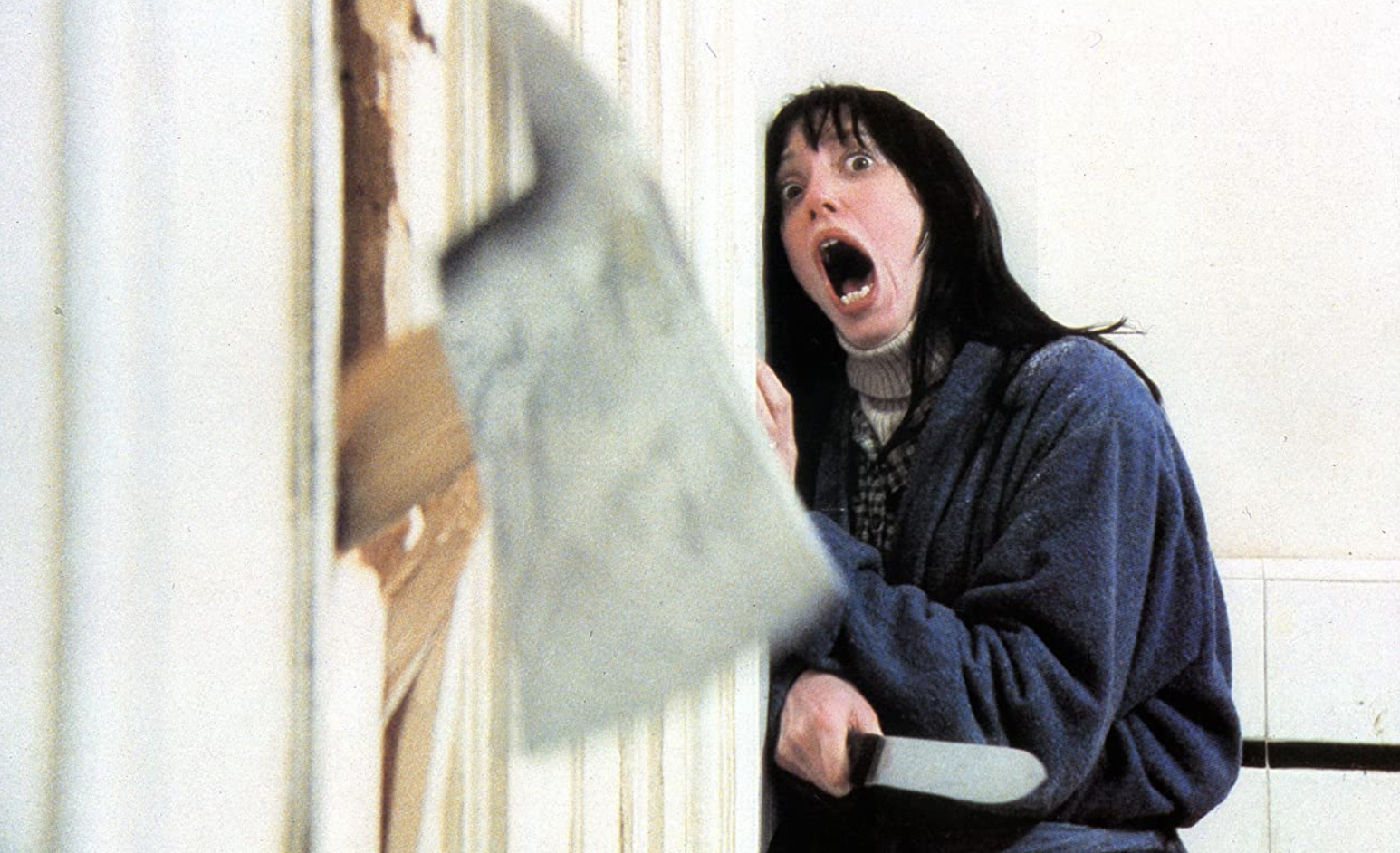The Real Reason There’s So Much Sex In Slasher Movies
Randy claims the reason Jamie Lee Curtis can outsmart Michael Myers is because she has super powers associated with her virginity and purity.

There’s a scene in 1996’s Scream that is familiar to anyone who grew up watching horror movies. Horror fan Randy Meeks tells his friends about the “rules” of horror movies. These are unofficial bylaws to the horror genre that evolved out of the subgenre of slasher movies of the late 70s, 80s and early 90s that dictate how one successfully survives a horror movie, especially a horror movie with lots of nudity. As Randy’s character says, the three rules to survive a horror movie are generally agreed to be:
- You can never have sex.
- You can never drink or do drugs.
- Never ever, under any circumstances, say “I’ll be right back.”
Here’s the scene:
As you can see, Randy claims the reason Jamie Lee Curtis can outsmart Michael Myers is because she has super powers associated with her virginity and purity (not being nude on screen). It’s true that in many movies the difference between a damsel in distress and a final girl is simply how she has been sexualized throughout the film. Jamie Lee Curtis’ chaste but attractive character in Halloween is always thought of as a final girl, even though a man (Dr. Loomis) comes to her rescue. Wendy Torrance from The Shining (1980) is never brought up as a final girl, even though she saved her son and survived a psycho killer husband and a deeply demonically haunted hotel. In a conscious break from the genre’s past, later on in Scream protagonist Sidney Prescott does lose her virginity (to a killer!) but she still survives and is the original final girl of the Scream franchise.

There’s another, more obvious, reason that slasher movies in particular frequently show its young characters having sex and it has nothing to do with enforcing conventional morality.
The movie Randy is commenting on, Halloween (1978), was written by Debra Hill and John Carpenter. Debra Hill denies that morality lessons were ever part of their writing process. She said that young people have sex in horror movies because young people have sex in real life and in horror films, you need a way to get people alone so that they can be killed off. Hence, there are plenty of hookups in slasher movies. John Carpenter has said of the “virginity rule” in horror that it’s people projecting their own religious guilt onto the script, not something that was written in as an intentional morality lesson for viewers. Also, kills that come during a hookup scene are just kind of fun to watch, no?
Horror movies, like our fears, evolve with the times. In 2000, the slasher movie Cherry Falls upended the virginity rule by featuring a killer who specifically targets virgins. In Jennifer’s Body (2009) the titular character seduces men and then kills them. It Follows (2014) is about a young girl who is followed by a paranormal entity after having sex with the entity’s previous target. Midsommar (2019) violently punishes an emotionally unavailable boyfriend for the “crime” of being an emotionally unavailable boyfriend. Modern final girls like Tree Gelbman from Happy Death Day (2018) and Happy Death Day 2 U (2019), Erin in You’re Next (2014), and Rachel Keller in The Ring (2002) and The Ring II (2005) aren’t depicted as virginal at all. One of the most virginal portrayals of a woman in modern horror might be Thomasin in The VVitch (2015), and (spoiler alert) she ends up worshipping Satan.
Randy Meeks appears again in Scream 2 and posthumously in Scream 3 to give viewers more horror movie rules. As the franchise shows, the “rules” of horror change with every horror movie since the genre is always looking for ways to shock and unsettle the audience. Whatever is established as canon by one movie can easily be overturned by the next. There is no master list of rules to survive a horror movie or of agreed-upon morality standards that make a character deserving of life or death because these things are always changing in conversation with other creators in the genre.
